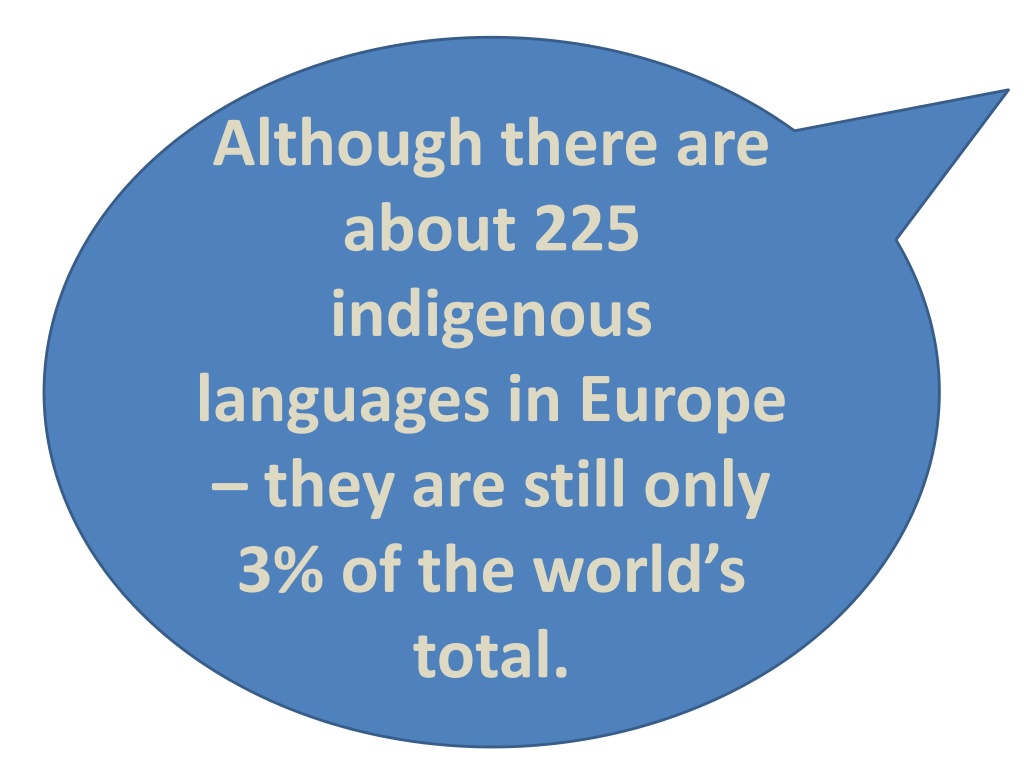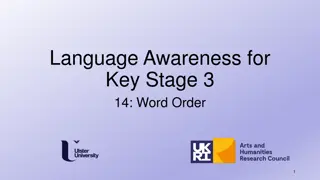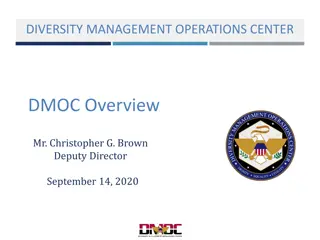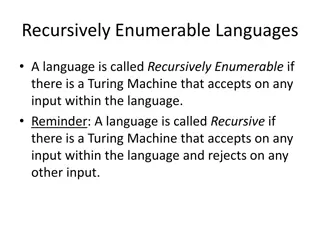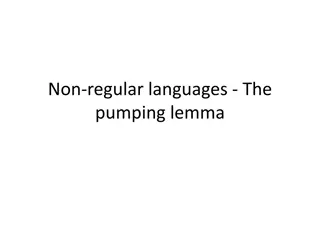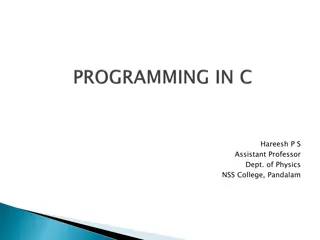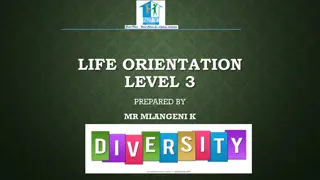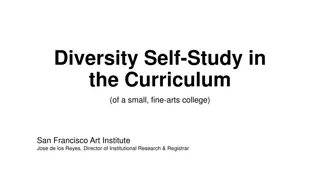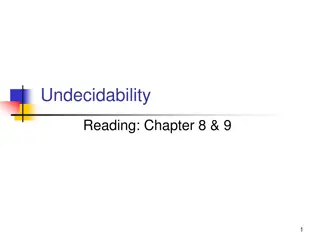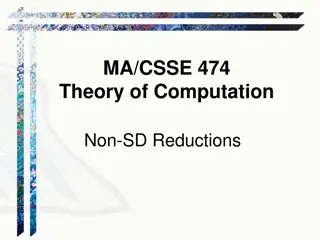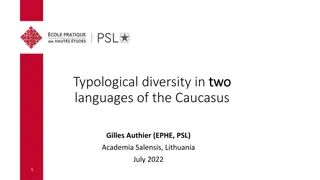The Diversity of European Languages
Europe is home to a rich tapestry of languages, with over 225 indigenous languages spoken, making up only 3% of the world's total. Bilingualism is celebrated for its benefits, facilitating communication, enhancing cognitive abilities, and fostering cultural connections. Despite many languages having extensive vocabularies, speakers typically use a limited set of words in daily conversations. Quotes from Nelson Mandela and Frank Smith underscore the importance of language in understanding and connection. Various language families, including Romance, Celtic, and Slavic, contribute to the linguistic mosaic of Europe.
Download Presentation

Please find below an Image/Link to download the presentation.
The content on the website is provided AS IS for your information and personal use only. It may not be sold, licensed, or shared on other websites without obtaining consent from the author.If you encounter any issues during the download, it is possible that the publisher has removed the file from their server.
You are allowed to download the files provided on this website for personal or commercial use, subject to the condition that they are used lawfully. All files are the property of their respective owners.
The content on the website is provided AS IS for your information and personal use only. It may not be sold, licensed, or shared on other websites without obtaining consent from the author.
E N D
Presentation Transcript
Although there are about 225 indigenous languages in Europe they are still only 3% of the world s total.
Bilingualism brings with it many benefits: it makes the learning of additional languages easier, enhances the thinking process and fosters contacts with other people and their cultures.
Many languages have 50,000 words or more, but individual speakers normally know and use only a fraction of the total vocabulary: in everyday conversation people use the same few hundred words.
If you talk to a man in a language he understands, that goes to his head. If you talk to him in his own language,that goes to his heart. Nelson Mandela
One language sets you in a corridor for life. Two languages open every door along the way. Frank Smith (Psycholinguist)
Those who know nothing of foreign languages know nothing of their own. Johann Wolfgang von Goethe (German writer/ philosopher)
The Romance languages include Italian, French, Spanish, Portuguese and Romanian, among others.
There are 6 Celtic languages used today: the Irish language, Scottish Gaelic, Welsh, the Breton language (used in Brittany, in the north of France), Cornish (used in Cornwall) and Manx (used on the Isle of Man)
The Slavic languages include Russian, Ukrainian, Belarusian, Polish, Czech, Slovak, Slovenian, Serbian, Croatian, Macedonian, Bulgarian and others.
The Germanic family of languages includes Danish, Norwegian, Swedish, Icelandic, German, Dutch, English and Yiddish, among others.
Nearly half of all internet users (2 billion as of 2010) speak either English (0.5 billion) or Chinese (0.4 billion).
Approximately 55 million people in Europe speak a minority language. Regional or minority languages are spoken in all European countries, except for Iceland.
Russia (148 million inhabitants) has by far the highest number of languages spoken on its territory: from 130 to 200
For more fun and interesting facts about languages, visit the Council of Europe website here.
